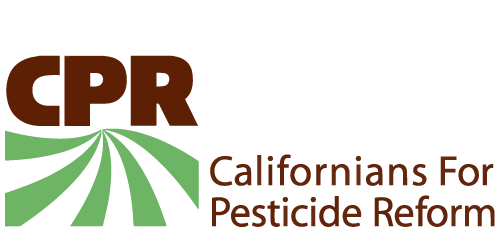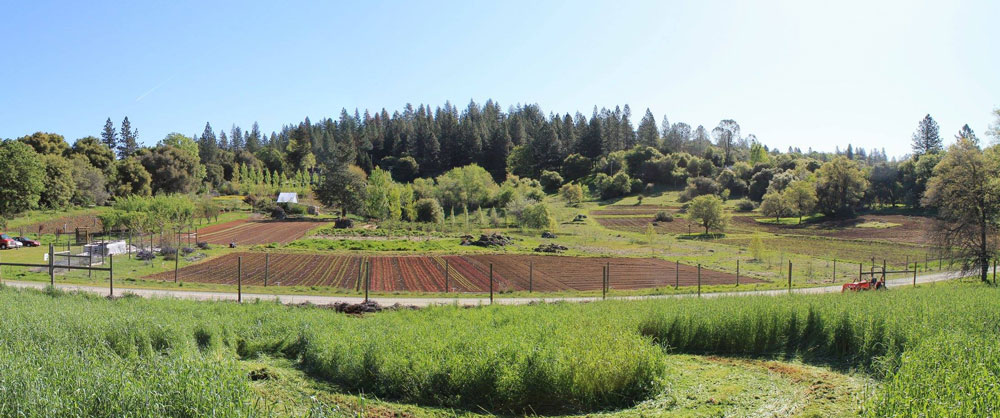Alternatives to Pesticides: Managing Pests Without Pesticides
Pesticides can harm public health and the environment. Fortunately, they are not the only means to control plant and animal pests. Successful ways to reduce and even eliminate hazardous pesticide use while keeping pest populations down are being used throughout California farms, cities, forests, parks and schools. Nevertheless, chemical pesticide use continues as the pest management tool of choice. At one end of the pest-management spectrum is conventional, chemical-intensive pest control – the most dangerous and least desirable method. At the other end of the spectrum is an array of proven alternatives that put safety, health and environmental sustainability first, and stress an approach to pest management that looks at the whole environment affected by pests.
The conventional system sees pests as intruders that must be removed on principle, generally with toxic, synthetic pesticides. Regardless of health, environmental or sometimes even economic costs, getting rid of the pest is the sole objective. Pests are managed as though they are isolated from the world around them. Sometimes, conventional practitioners apply pesticides even though there is no evidence of the target pest, but simply because it is the time of year when pests might be present.
There are proven alternatives to conventional pesticide use. These approaches consider pest problems within a broad context that considers many factors, including the presence of natural enemies, whether the pest population has been rising or falling, the time of year, and expected weather patterns, all of which can influence whether the pest will flourish or simply die away. These approaches also call for determining if pests are actually causing or are likely to cause damage to health or crops, and, if they are, whether the extent of damage warrants action.
Showing that these alternatives work, many local governments and school districts now rely on non-pesticide techniques to control pests. And every commercial crop grown in California is grown somewhere using organic methods, which largely exclude hazardous materials.

